99 results in Cambridge Companions
The Cambridge Companion to West Side Story
- Coming soon
-
- Expected online publication date:
- August 2024
- Print publication:
- 31 August 2024
-
- Book
- Export citation
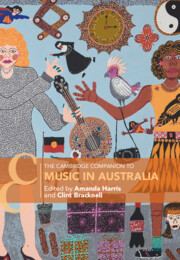
The Cambridge Companion to Music in Australia
- Coming soon
-
- Expected online publication date:
- August 2024
- Print publication:
- 31 August 2024
-
- Book
- Export citation
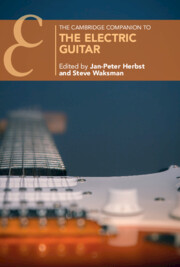
The Cambridge Companion to the Electric Guitar
- Coming soon
-
- Expected online publication date:
- July 2024
- Print publication:
- 30 September 2024
-
- Book
- Export citation
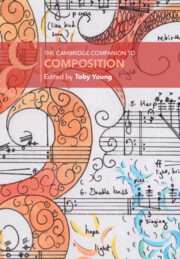
The Cambridge Companion to Composition
-
- Published online:
- 25 May 2024
- Print publication:
- 30 May 2024
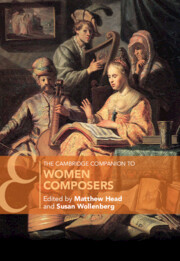
The Cambridge Companion to Women Composers
-
- Published online:
- 23 May 2024
- Print publication:
- 30 May 2024
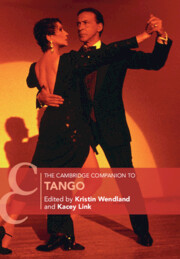
The Cambridge Companion to Tango
-
- Published online:
- 15 March 2024
- Print publication:
- 28 March 2024
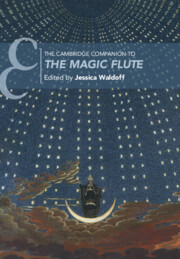
The Cambridge Companion to The Magic Flute
-
- Published online:
- 24 November 2023
- Print publication:
- 02 November 2023
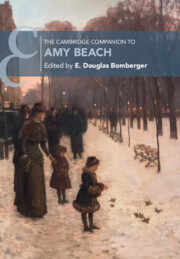
The Cambridge Companion to Amy Beach
-
- Published online:
- 19 October 2023
- Print publication:
- 02 November 2023
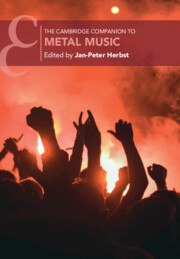
The Cambridge Companion to Metal Music
-
- Published online:
- 31 August 2023
- Print publication:
- 14 September 2023
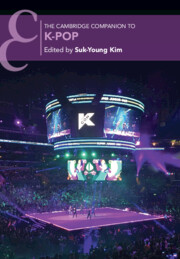
The Cambridge Companion to K-Pop
-
- Published online:
- 02 March 2023
- Print publication:
- 09 March 2023
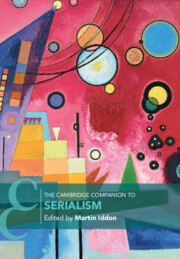
The Cambridge Companion to Serialism
-
- Published online:
- 07 March 2023
- Print publication:
- 16 February 2023
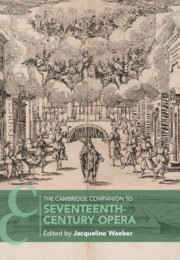
The Cambridge Companion to Seventeenth-Century Opera
-
- Published online:
- 08 December 2022
- Print publication:
- 22 December 2022
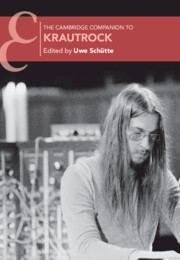
The Cambridge Companion to Krautrock
-
- Published online:
- 20 October 2022
- Print publication:
- 27 October 2022
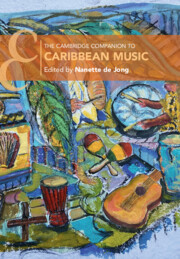
The Cambridge Companion to Caribbean Music
-
- Published online:
- 17 September 2022
- Print publication:
- 04 August 2022
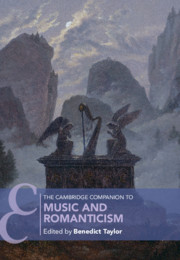
The Cambridge Companion to Music and Romanticism
-
- Published online:
- 06 August 2021
- Print publication:
- 26 August 2021
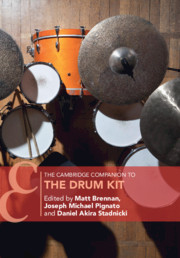
The Cambridge Companion to the Drum Kit
-
- Published online:
- 28 May 2021
- Print publication:
- 17 June 2021
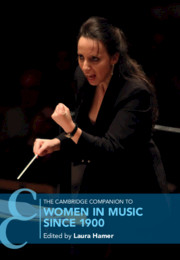
The Cambridge Companion to Women in Music since 1900
-
- Published online:
- 17 April 2021
- Print publication:
- 06 May 2021
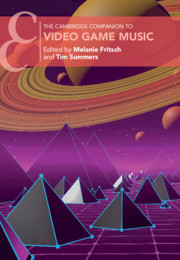
The Cambridge Companion to Video Game Music
-
- Published online:
- 15 April 2021
- Print publication:
- 29 April 2021
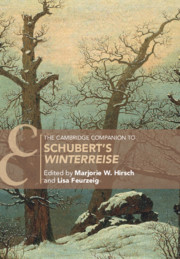
The Cambridge Companion to Schubert's ‘Winterreise'
-
- Published online:
- 02 February 2021
- Print publication:
- 04 February 2021
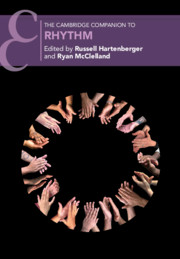
The Cambridge Companion to Rhythm
-
- Published online:
- 18 September 2020
- Print publication:
- 24 September 2020



